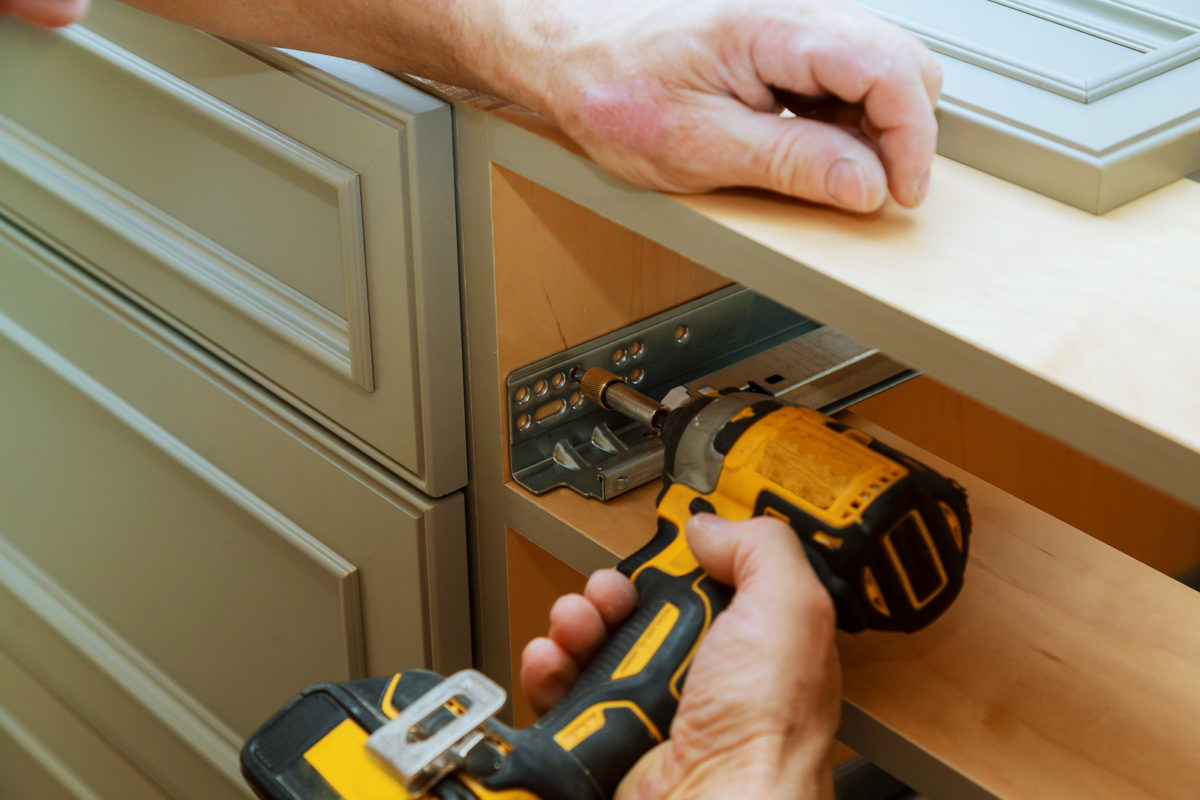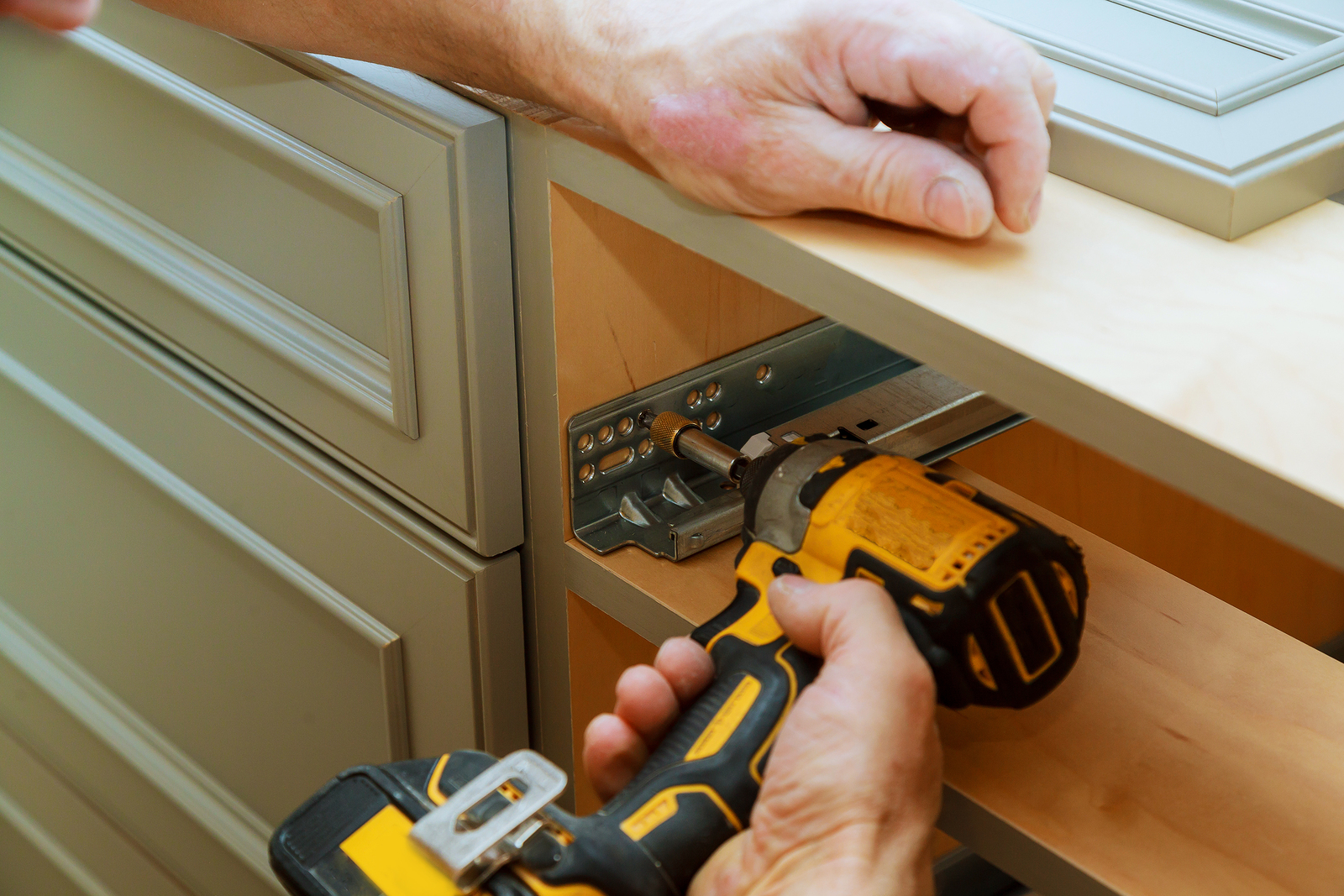Working with first-time buyers and those on tight budgets during last spring’s overheated sellers’ market was heartbreaking. So many offers made and so many passed over for someone else’s.
One of the most frequently-asked questions we received was
“Aside from increasing the amount of money we’re offering, what else can we do to win in a multiple-offer situation?”
As we head into the spring 2018 season, we will no doubt hear this question again, so today we want to share with you some tips that just might win you that home.
Write a personal letter to the seller
Letters to the seller get a bad rap from some in the industry, but we’ve found them to be quite effective.
Ensure that the letter will connect emotionally with the seller. Explain, specifically, why you love the home and how living in it will affect your family.
Personal letters are especially effective when accompanied by a photograph of yourself and, if you have one, your family.
Need ideas? Housingwire.com recently published some sample letters that might just do the trick.
Don’t nickel and dime the seller over the small stuff
It’s tempting to want the seller to fix even the little things that show up on a home inspection report. If you truly love the home, and the inspection report doesn’t show any major problems, avoid that temptation and leave out requests that the seller make or pay for repairs.
The cleaner your offer, the more likely it will stand out among others. And, after price, the seller will look at other aspects of the contract that will cost him or her money when deciding on which offer to accept.
Increase your earnest money deposit
What sellers want most, aside from the most money possible, is to know that when they take the home off the market after getting an offer, the sale will go through.
To reassure the seller that you are serious about the purchase, increase the amount of your earnest money deposit.
The earnest money deposit, by the way, is a cash deposit – typically a certain percentage of the offering price.
It’s held in escrow and applied toward the purchase price at closing. It can, however, be forfeited if you breach the contract.
An increase in good faith money shows an increase in good faith – and sellers love that.
Agree to be flexible with your closing date
Believe it or not, we’ve seen buyers win a bidding war against higher offers just by being flexible on the closing date.
Many sellers need more time to move out, so offering to close on their preferred date, or even to rent back the home to them after closing, may be a way to win in a multiple offer situation.
If the home is vacant, offer to close quicker, if possible. Of course, you’ll need to get with your lender to determine how quickly you can close, but this is an attractive offer to a seller with carrying costs inherent in a vacant home.
If all else fails
If you’ve ever been in a multiple-offer situation you know that the seller may find another offer to purchase more attractive than yours. If this is the home of your dreams, consider making a backup offer which will put you next in line if the chosen buyer backs out of the purchase.
The backup offer, when accepted by the seller, is a binding contract, so make sure you have your lending in order before submitting it.
Sure, it sounds like a long shot but back-up offers frequently become primary offers so they’re worth considering when the home is exactly what you want.
Still have questions? Reach out to us – we love talking about real estate!




















